Barrel Room Spotlight | Pulpit Rock Brewing
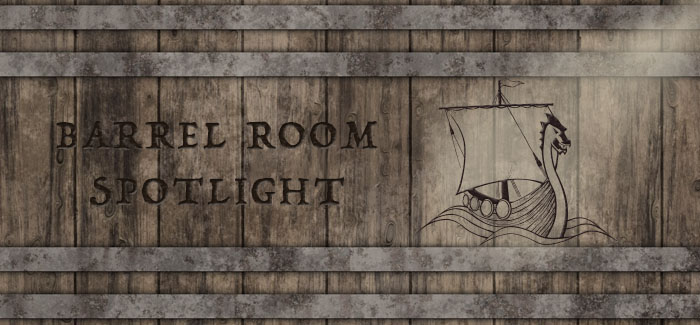
- Eric Griffin
- On November 2, 2022
While many breweries may claim it to be unspoken, there has undoubtedly been good-spirited competition across the country when it comes to the realm of barrel-aging. Whether it be the value placed on selected barrels versus adjuncts, formulas for length of aging time to establish a specific finishing gravity, tweaking the interplay of base malt and barrel, or the variation of countless other factors throughout the process, every brewery has their own way of creating a product that is both unique and marketable.
This series will be an effort to dive into the mind of the brewer; to gain access to the barrel room itself, so to speak. Through both first-hand interviews and in-depth tastings, the Barrel Room Spotlight will highlight a different brewery in each segment, allowing both the mastermind and the beer to speak for themselves, straight from the source.
Pulpit Rock
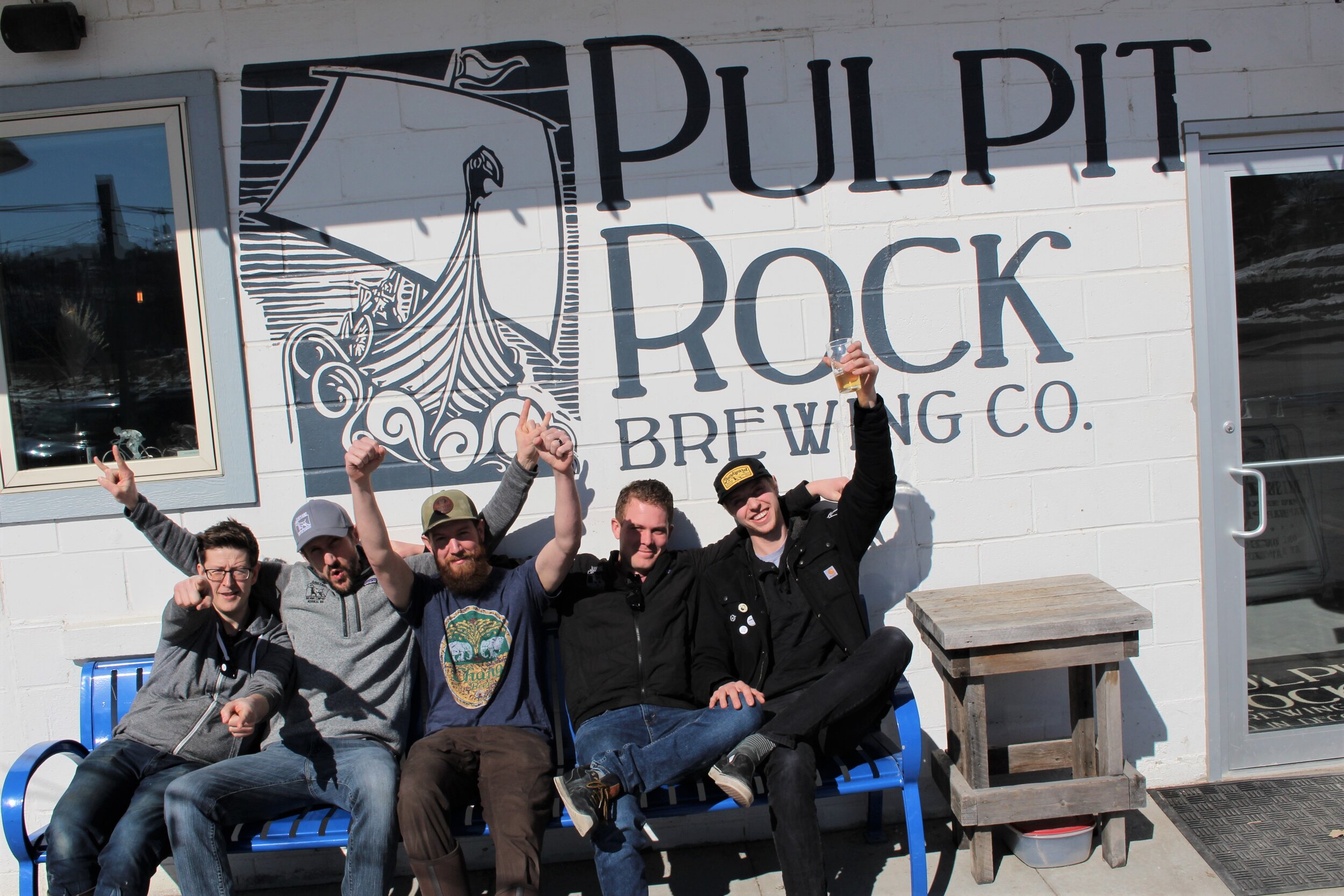
The first victim to set foot in the Spotlight is Pulpit Rock Brewing, a young brewery out of Decorah, Iowa. Fueled by the innovation of Head Brewers Bob Slack and Justin Teff, Pulpit Rock has sought to not only monitor the ever-changing trends of the industry, but use their own expertise to continually develop a diverse portfolio of beer.
What has set Pulpit apart from many other competitors within the market has been the success of their barrel program. Through an uncompromising approach to using real ingredients and a not-too-serious mindset, both Justin and Bob have developed beers of the highest quality; products both highly sought after and true to their founding promise.
Defining the Pulpit Rock Program
We had the opportunity to speak with Justin about the program they’ve ran so successfully in Decorah, and he gave us some fantastic insight into their goals and processes.
A common question from consumers to brewers is regarding the value that is placed on the barrels selected for aging versus the adjuncts in the recipe. For Pulpit, it’s expectedly a combination of both. Utilizing the barrel blend and character from the barrels come first, but it’s based on the prominent characteristics found in the barrel that determine which adjuncts will complement the final blend. That said, occasionally a barrel really shines on its own, and stands tall with no adjuncts needed at all.
When discussing the definition of “balance” regarding their barrel-aged offerings, Justin emphasized that he and Bob leave it dependent upon the final goal – “if the barrel is speaking to us in a particular way, we don’t want to cover that lovely character up with too many adjuncts”. They will primarily utilize their non-barrel-aged imperial stouts to really experiment with different adjuncts.
Recognizing the Technicalities
While many facets of barrel-aging come down to experimentation of tasting and blending, other areas require a bit more…. finesse. When looking to hear more about set formulas that the team at Pulpit Rock may be using when looking at aging time and starting / finishing gravity, the answer wasn’t as calculated as you might expect.
While originally the barrels were used on a stricter, shorter time-frame, they found that the viscosity increased over time and extended aging was of huge benefit to the beer. Currently, they’ve found it best to let the barrels do the talking; whether it be anywhere from 18 to 36 months or even transferring barrels for the double treatment, both Justin and Bob really look to accentuate and push a beer to where it needs to be.
Additionally, while some breweries keep to strict temperature intervals for barrel storage, regional temperature fluctuation and humidity can often make that difficult. At Pulpit Rock, barrels are stored in the main brewery, where the temperature is between 68 and 72 degrees. Beyond that, there isn’t any sort of special temperature-controlled space utilized for the barrels during the aging process.
Barrel & Malt
Many breweries have different types of barrels in mind when they turn to brokers for purchase. For Pulpit Rock, Bob and Justin primarily seek out freshly dumped, not-rinsed barrels, and usually will be looking for Bourbon. And while having recently “expanded” their barrel program to 40(ish) barrels over time, it has allowed them to have more to select from not only for blending, but also so they can give other promising threads the necessary time they need to age. Additionally, the team at Midwest Barrel Company has been a huge resource for the team at Pulpit Rock. That said, if anyone is reading this and have fun barrels for future partnerships, set sights to the Rock!
In terms of malted grains, they shared that while they use Rahr 2-Row for their base malt, Bob and Justin also hand-pick specialty malts from some of their favorite suppliers. These will typically include grains supplied by Weyermann and Simpsons.
Letting the Liquid Speak for Itself
We were given a great opportunity to tour some of the more recent barrel-aged offerings from Pulpit Rock and wanted to be sure they spoke for themselves.
It didn’t matter what Stout or Barleywine was opened from these guys, each and every one boasted motor oil viscosity, with noticeable leg retention. Now this was not a precursor to an overtly syrupy mouthfeel, instead it rode that line perfectly to maintain just enough finishing weight.
Seven Years
Seven Years in Heaven is Pulpit Rock’s most recent fully barrel-aged offering. It is a blend of 37 and 26 month-old barrel-aged Imperial Stouts rested on toasted coconut. The palate hits with chocolate and coconut, the latter adding an oily quality to accompany residual bitterness. As it warms, the influence of the barrel is heavier, bringing added complexity of charred barrel and caramel. There’s a continued prowess with temperature as the mouthfeel nears perfection; a full mouth-coating that leaves subtle but noticeable boozy warmth on the tail.
Friendship
This beer segues into another offering from Pulpit that showed the contrast that only two additional adjuncts can cause. This beer is Vennskap, a bourbon barrel-aged Imperial Stout brewed with coconut, vanilla, and hazelnut. It is a blend of single and double barreled imperial stouts aged 36 and 26 months.
The hazelnut shines alongside the coconut on the nose. As an adjunct that is easily overpowering, the nuttiness was well-restrained. This allowed notes of rich, dark chocolate from the base to exude Almond Joy similarities. We found there to be a near-perfect balance of coconut and hazelnut, with the adjuncts simultaneously complimenting and bolstering the smooth undertones of freshly processed vanilla bean. The barrel-aging allows for complexity with temperature and an added dryness. Similar to the marshmallow-forward profile of William Larue Weller bourbon, the aging lifts the richness from the adjuncts.
How Are We Getting Along?
In efforts to add complexity to portfolios, barleywines have seen an unprecedented boom the last few years. How We Get Along was a blended collaboration with Kyle Harrop from Horus Aged Ales. The final recipe is a blend of a 36 month-aged Imperial Stout with a 29 month-aged Barleywine. The blend was finished with a rest on Spanish Marcona almonds and Ugandan vanilla caviar.
The nose hits you with a mouthful of Madeira wine, raisin, and vanilla beans. Time in the glass brings a deeper complexity of chocolate syrup and ginger snaps. The palate is a good balance of both styles of beer. It has a sweetness that isn’t cloying, with notes of molasses, dark chocolate, and mild bitterness from the almonds. On the back end are lingering notes of bread crust and firewood.
Looking Toward the Future
With the whirlwind of changing times and competition in a hot market, breweries need to know how to stand out. As they always have, Pulpit Rock continues to monitor trends and tweak their processes where necessary.
For example, Justin and Bob explained that they’ve changed their base recipe to better compliment barrel character. This has simultaneously helped make the base beer more viscous through extended aging time. This is all in the hopes of reflecting that emphasized goal of creating balance between base beer and barrel.
The last two years have proven difficult for many breweries. Unprecedented times like the COVID-19 pandemic have inevitably affected the production and success of breweries all over the country. Pulpit Rock is no different, and have surely been affected. That said, their relatively small barrel program has been advantageous. It has allowed them to empty and fill barrels a few times annually, continuing to progress their overall program.
It’s clear that Pulpit Rock has put themselves firmly on the map in just seven short years as one of the more massive players in the realm of barrel-aged beers in the entire country. Shift your gaze Northwest of the powerhouses at Toppling Goliath, because Decorah undoubtedly has multiple pieces on the board.
Related Posts
West Sixth Brewing | Kentucky Coffee March 25, 2021 | Brian Haitz
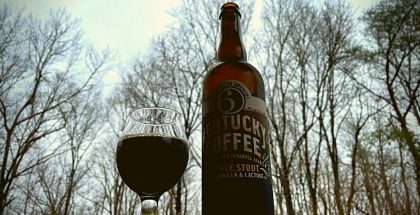
Cinder Block Brewery | Cinderveza Mexican Style Lager... May 19, 2022 | Katie Camlin
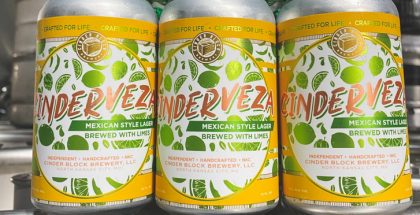
New Holland Brewing | Triple Mash Dragon’s Milk... May 23, 2019 | Mike Zoller

Colorado Beer Beat | Bi-Weekly Beer Release Guide 7/14... July 15, 2022 | Mackenzie Helms



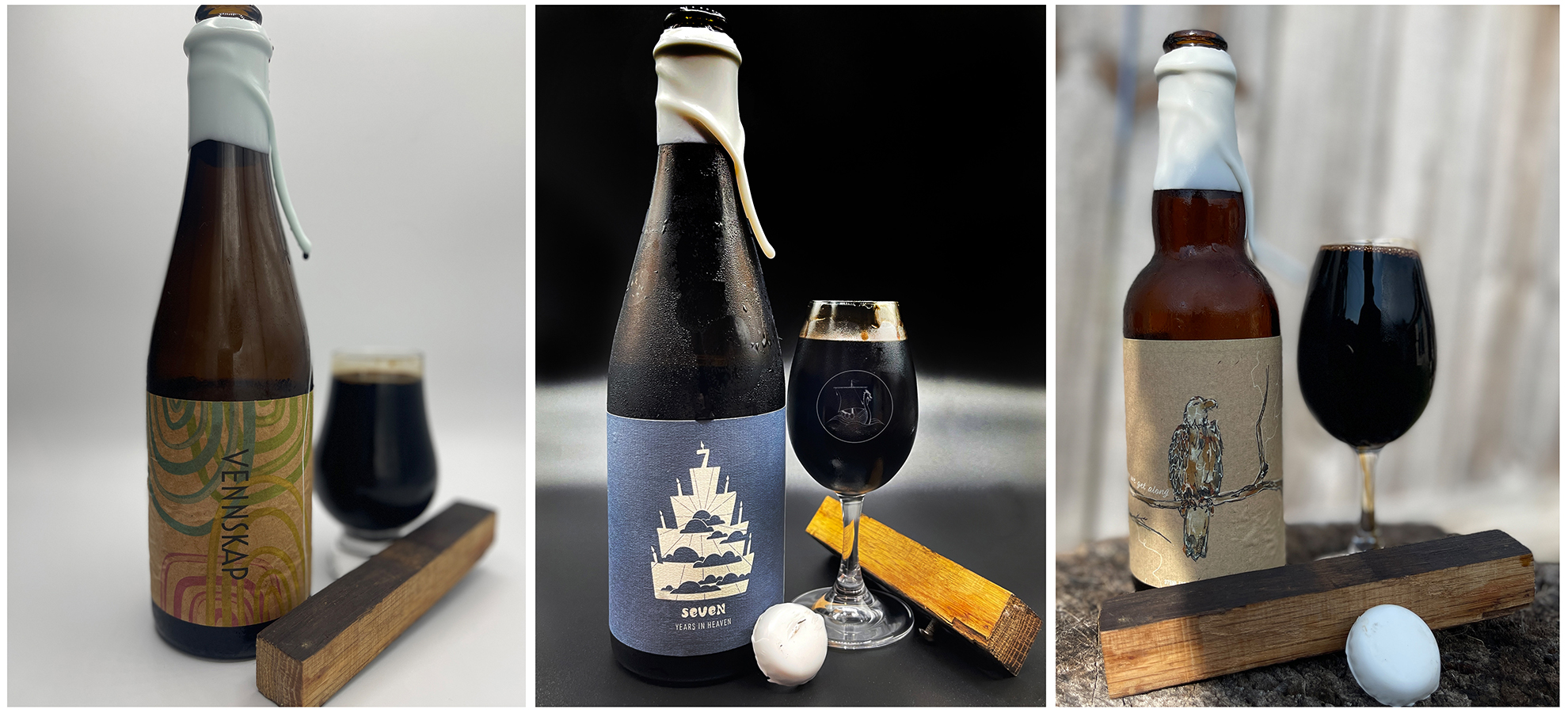

Submit a Comment